By Ojuka Vincent Ochieng
Department of Education for Sustainable Development (ESD) – KOEE
The global community, under the leadership of the United Nations (UN), developed the millennium development goals (MDGs) in the year 2000 in order to address most of the prevalent world challenges including hunger, diseases and gender equality among others. These goals were adopted for action by all UN member countries for a period of 15 years. The MDGs established measurable, universally agreed objectives for tackling extreme poverty and hunger, preventing deadly diseases, and expanding primary education to all children, among other development priorities. During the 15 years, the MDGs drove progress in several important areas: reducing income poverty, providing much needed access to water and sanitation, driving down child mortality and drastically improving maternal health. They also kick-started a global movement for free primary education, inspiring countries to invest in their future generations. Most significantly, the MDGs made huge strides in combating HIV/AIDS and other treatable diseases such as malaria and tuberculosis (United Nations Development program, 2016).
With the increasing population and development demands by many countries alongside other world challenges, there came a need to re-evaluate the impacts that has come along with it. Subsequently, sustainable development goals (SDGs) were incepted and adopted in 2015 by the UN member countries. The goals are an extension of the MDGs, which incorporate the comprehensive objectives of addressing the development needs of the world with consideration for the environmental and societal challenges that come with it.
While theMDGs focused only on 8 goals, 21 targets and 63 indicators, SDGs in contrast have 17 goals with 169 targets and 230 indicators. The goals are to be achieved by 2030, coinciding with major global treaties such as the Paris Agreement on Climate Change, among others. The SDGs can be grouped according to the following key themes: People, Planet and Prosperity, with Partnerships and Peace cutting across all the goals (United Nations, 2015).
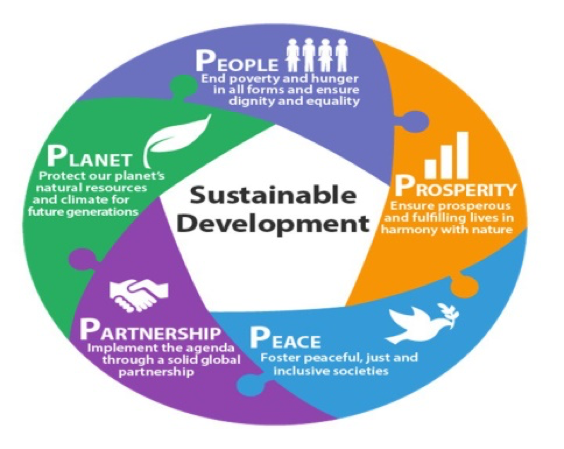
The goals concerned with People seek to address poverty, hunger, quality education and gender equality. Prosperity is tackled by the goals on decent work and economic growth, industry innovation andinfrastructure, sustainable communities. Planet is addressed by the goals on climate action, life on land and below water. The SDGs are a bold commitment to finish what was started by the MDGs, and tackle some of the more pressing challenges facing the world today. All 17 Goals are interconnected, meaning success in one affects success for others.
Global goals such as the MDGs and the SDGs complement international conventions and other tools by providing a globally shared framework that fosters collaboration across countries, mobilizes all stakeholders, and inspires action. Applied well, the SDGs are ambitious in making sure no one is left behind as development advances and key challenges are tackled.
References
Office of Senior Special Assistant to President Nigeria, SDGs on twitter (2018), 5Ps for Sustainable Development
United Nations Development Program (2016), From the MDGs to Sustainable Development for All
United Nations (2015), Transforming Our World: The 2030 Agenda for Sustainable Development

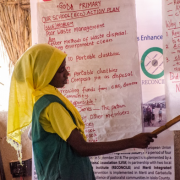 Alvin Henry
Alvin Henry 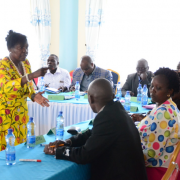
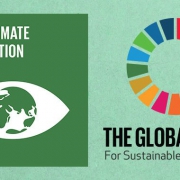
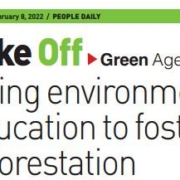
Leave a Reply
Want to join the discussion?Feel free to contribute!